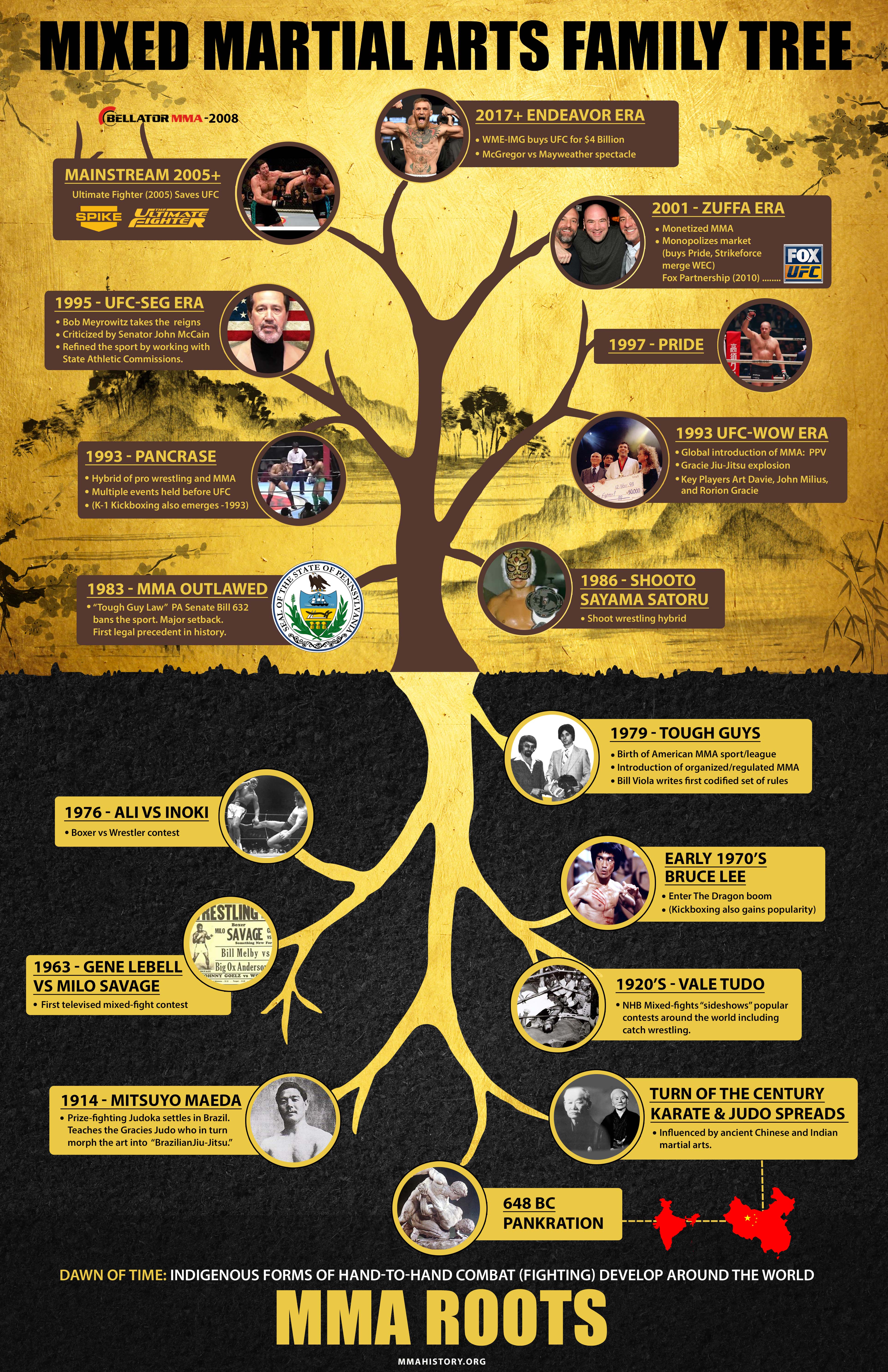Step into the ancient world where martial arts were born out of necessity in diverse regions. Societies crafted unique battling styles linked with historic contexts. Strategies progressed over centuries via committed technique and social exchanges. Today, contemporary martial arts blend traditional elements for optimal performance. Philosophically, martial arts highlight technique, self-improvement, and consistency. Regard, humility, and equilibrium are fundamental concepts guiding professionals in the direction of development and durability. Discover the midsts of this abundant background and ideology to uncover the profound influences shaping this long-lasting self-control.
Origins of Martial Arts
Fighting style came from numerous regions around the world, advancing as useful battle systems to resist risks. These old fighting styles were created out of need, with each culture crafting strategies matched to their distinct atmospheres and difficulties. From the grappling arts of Jujutsu in Japan to the striking strategies of Kung Fu in China, martial arts were deeply linked with the historical, social, and social material of their particular cultures.
In Japan, the samurai course polished martial arts like Kenjutsu, the art of the sword, which later developed right into the extra popularized kind of Kendo. At the same time, in Brazil, Capoeira became a blend of dancing and combat, produced by enslaved Africans as a method to stand up to oppression. Each fighting style brings with it a rich history and approach, mirroring the worths and beliefs of individuals that practiced them.
As you explore the beginnings of martial arts, you reveal a tapestry of human ingenuity, durability, and the stubborn spirit of warriors throughout time.
Development of Strategies
Via centuries of method and refinement, fight strategies within numerous martial arts have undergone a profound evolution. From old styles like Martial art and Martial arts to a lot more contemporary self-controls such as Brazilian Jiu-Jitsu and Krav Maga, the advancement of methods has been driven by a combination of cultural influences, useful applications, and technical innovations.
just click the up coming document of this advancement is the cross-pollination of methods in between various martial arts. For example, techniques from traditional Japanese Jiu-Jitsu were incorporated into the development of Judo by Jigoro Kano in the late 19th century. This mixing of styles has resulted in the advancement of hybrid martial arts like Mixed Martial Arts (MIXED MARTIAL ARTS), which combine aspects of striking, grappling, and submission strategies.
Furthermore, the development of strategies has been shaped by the enhancing emphasis on efficiency and performance in battle. what are martial arts have actually continuously sought to fine-tune their techniques with extensive training, experimentation, and competition, causing the growth of extremely specialized and reliable fighting styles. Generally, the evolution of methods in martial arts shows the dynamic nature of fight and the recurring quest for renovation and innovation.
Philosophical Foundations
Exploring the underlying philosophical concepts of martial arts supplies insight right into their core worths and guiding ideas. At the heart of numerous martial arts self-controls is the concept of technique itself. By training your mind and body to serve as one natural system, you cultivate self-control that prolongs past the dojo or health club into daily life. This discipline encompasses regard, humility, and self-discipline, forming not simply your physical abilities yet also your character.
An additional fundamental thoughtful structure in martial arts is the idea of constant self-improvement. The trip of grasping a fighting style is perpetual, with experts constantly aiming to better themselves, both physically and psychologically. This focus on growth cultivates durability, determination, and a development frame of mind that can be put on all elements of life.
In addition, martial arts emphasize the significance of harmony and balance. Methods are designed to utilize an opponent's energy against them, highlighting the concept of generating and rerouting pressure instead of fulfilling it head-on. This viewpoint encompasses social relationships, promoting calm resolutions and good understanding. By embracing https://arthuryjsbl.csublogs.com/32412721/need-to-improve-your-martial-arts-abilities-master-fundamental-positions-and-precise-striking-for-fight-success , martial artists not just improve their combat abilities however likewise grow a way of life centered on personal growth, regard, and consistency.
Conclusion
To conclude, the background and ideology of martial arts provide an abundant tapestry of tradition, discipline, and self-improvement.
Take for example the story of Bruce Lee, who revolutionized martial arts by blending different designs and ideologies to produce his own unique type of Jeet Kune Do.
Via devotion and advancement, martial artists remain to press borders and influence others to reach their complete capacity both in battle and in life.
